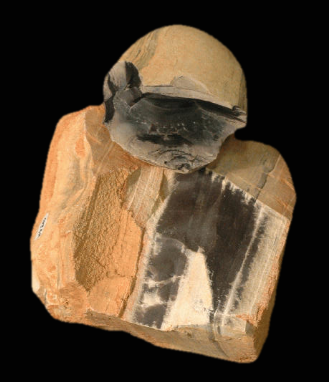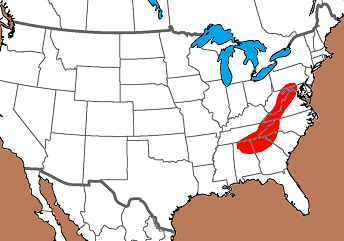

Copper Ridge Chert is associated with the Copper Ridge Dolomite Member of the Knox Formation of eastern Tennessee, southwestern Virginia, and into Georgia and Alabama. Copper Ridge Chert is commonly found in thin layers or nodules with primary sources being in Knox, Polk, and Floyd counties, Georgia. It is also found throughout the Lower Little Tennessee River in Eastern Tennessee, the middle and western portions of the Appalachian Valley of Tennessee and Alabama. Named for Copper Ridge of Knoxville, Tennessee. Maynardville Limestone Formation underlies the Copper Ridge Member and produced identical chert with outcroppings 5.5 miles southeast of Maynardville, Union County, Tennessee. Morristown Dolomite Formation overlies the Copper Ridge Member and outcrops northwest of Morristown, Tennessee.
